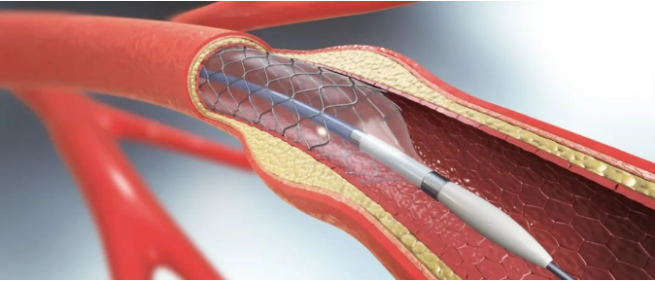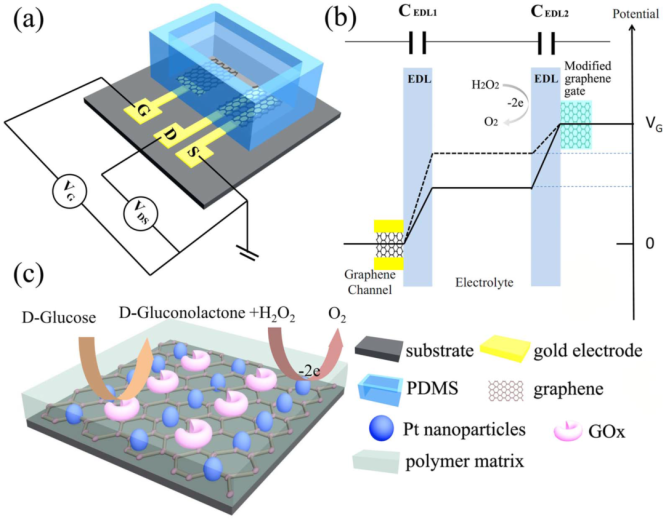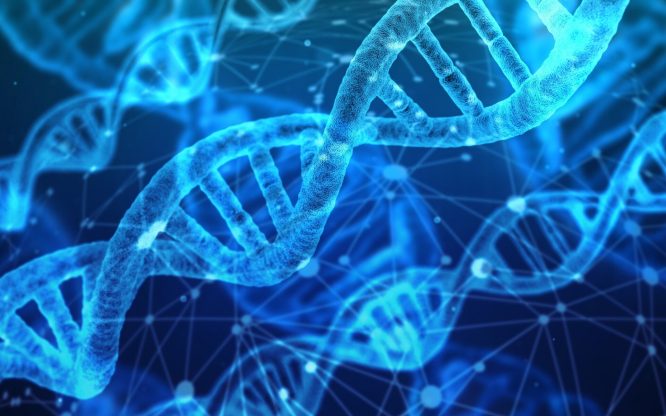Harmony Industry Diamond (H.I.D.)
Harmony Industry Diamond (H.I.D.)
In recent years, as scientists have studied the biological properties of nano-diamonds, they have found that nano-diamonds have good biocompatibility, low toxicity, and fluorescence but no photobleaching. These excellent biological properties, chemical inertness and the modifiability of its surface genes make nanodiamonds have attracted the attention of many scientists in the field of biomedicine, and breakthroughs have been made.
1. Medical knives
Surgical knives used for tissue resection have high requirements on the hardness, wear resistance, stability and biocompatibility of materials. The diamond material can not only meet the relevant requirements, but also the knives prepared with it have little extrusion and tear damage to the surgical site during the operation, and the wound edges are neat and easy to heal. At present, diamond surgical knives are mainly used in ophthalmology, neurosurgery, orthopedics and stomatology, as well as biological tissue slicing.

2. Medical materials
Human tissues and organs may be damaged or lost due to diseases, trauma or natural aging. In order to replace this part of the tissue, people study the use of other materials to make implants into the human body. Among them, the material of the implant is very important: in order to meet the physiological and mechanical environment of the human body, the implant material must have good wear resistance , corrosion resistance, biocompatibility and even regenerative properties. Depending on the implanted tissue, the selection of implant materials is also different, including resin materials, metal or alloy materials such as cobalt, chromium, nickel, titanium, stainless steel, and diamond materials.
Our bodies readily accept diamond and use it as a platform for complex material interfaces. In addition to orthopedics, diamonds are also used to coat cardiovascular stents – catheters that help keep arteries in the heart open – as well as in bionics and prosthetics.

3. Protein separation and purification
Nanodiamond has a large specific surface area, and its surface is covered with various chemical groups such as carboxyl, lactone, hydroxyl, ketone and alkyl, and has a high affinity for proteins. Compared with the separation and purification of proteins by traditional chromatographic methods, the separation and purification of proteins with nanodiamonds has the following advantages: the process of purifying proteins is simplified; the time for separating proteins is reduced to 30-40min; and the necessity of using special chromatographic equipment is eliminated.
4. Cell labeling and bioimaging
Nanodiamond has very important application value in the research of cell labeling and biological imaging. As a new type of carbon nanomaterial, nanodiamond has the advantages of chemical inertness, fluorescence but no photobleaching, and nontoxicity. It can be used for the labeling and tracking of cancer cells and stem cells, and can also be used as a fluorescent probe that interacts with bacteria or cells; at the same time, at the cellular level, it can also be used as a carrier for biological imaging to transport biologically active substances into cells function and can be used for in vivo bioimaging.
5. Biosensing
Glucose biosensors can diagnose diseases simply and quickly, which is of great significance to the treatment of diabetes. The non-doped nanodiamond-modified gold electrode can be used as an electrochemical glucose sensor. When nano-diamonds are small in size, non-toxic, and weakly alkaline, using the principle of nuclear magnetic resonance, nano-diamonds can be used as a quantum probe material superior to quantum dots to detect life processes.

6. Gene transfer and therapy
The purpose of gene transfer and therapy is to introduce foreign genes to supplement defective genes or provide more biological functions in the body. For example, 800 Da polyethylenimine modified nano-diamond ND-PEI800, DNA can be fixed on ND-PEI800 by hydrogen bonding or electrostatic interaction, and then transported into cells. Compared with other gene transfer vectors, ND-PEI800 showed higher transfer efficiency and lower toxicity to luciferase plasmid and green fluorescent protein plasmid. Nanodiamonds could be a rapid, scalable, and broadly applicable tool for gene delivery.
7. Drug delivery and treatment
Nanotechnology provides new ways and means for the delivery of drugs. Nanodiamonds can be combined with drugs in a covalent or non-covalent manner, and play a role as a drug delivery tool to transport drugs to target cells or organs. For example, after transferrin and fluorescent nanodiamonds are covalently bound, they can enter cells through receptor-mediated endocytosis. A tool for cellular uptake and drug delivery.
8. Cancer Diagnosis and Treatment
The surface of nanoparticles can provide a variety of chemical groups for a variety of cancer diagnosis and treatment drugs to be combined in a covalent or non-covalent manner, so as to design and develop nanoparticles with multifunctional chemical groups And it is used for simultaneous imaging and treatment of tumors, which has become the main goal of current cancer drug research. Some studies have shown that linking anticancer drugs with nanodiamonds can reduce toxic side effects, improve targeting and exhibit strong anticancer activity.

9. cell temperature measurement
The single-atom impurity in the diamond crystal (usually replaced by a nitrogen atom or a vacancy) is very sensitive to temperature changes, and such temperature fluctuations can be a technical obstacle to maintaining qubits, which are used in the medical field. Biological temperature measurement is very useful. The high-precision temperature difference measurement technology based on nano-diamond particles can help doctors distinguish cancer-causing cells in the human body and make medical diagnosis in time in the medical field.
There are many functional groups on the surface of nano-diamonds. With the improvement of these group modification and treatment methods, the desired surface characteristics can be obtained, so that its application value can be better reflected, and there will be more in the field of biomedicine. Wider and better application prospects.